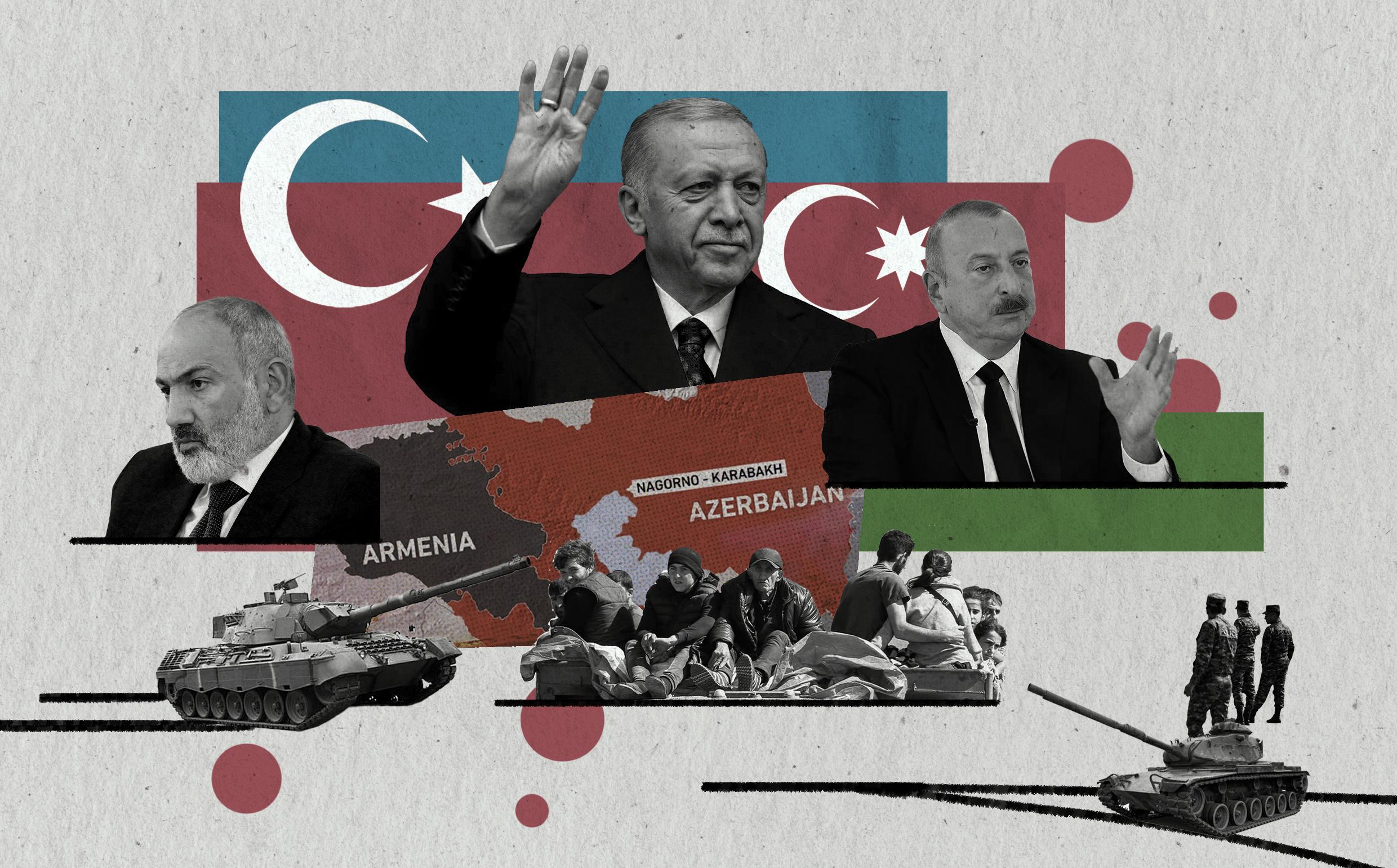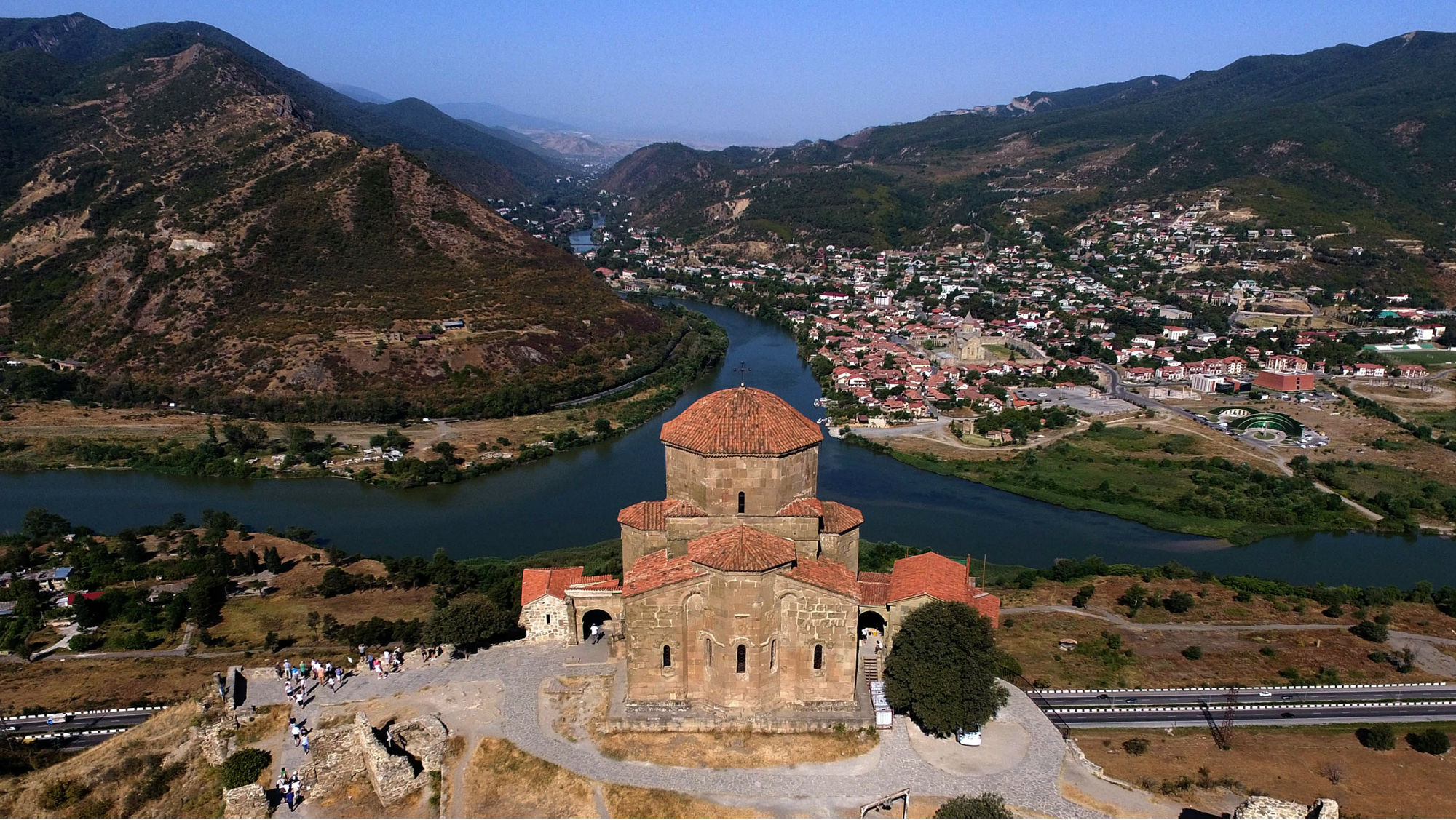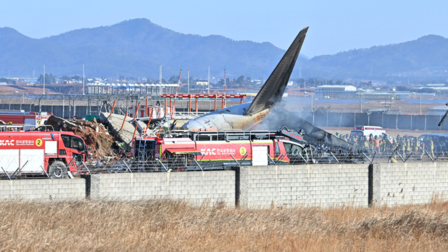CNN —
Early indications suggest a Russian anti-aircraft system may have downed the passenger jet that crashed in Kazakhstan on Christmas Day, a US official told CNN, as authorities recovered a second black box that they hope will shed light on the cause of the disaster that killed dozens of people.
The signs point to a Russian system striking Azerbaijan Airlines flight J2-8243 before it crashed near the city of Aktau, the US official said Thursday.
This is the first time the US has offered an assessment of Wednesday’s crash, which killed at least 38 of the 67 people aboard the plane.
If the early indications are ultimately confirmed, it may have been a case of mistaken identity, the US official said, in which poorly trained Russian units have fired negligently against Ukraine’s use of drones.
Officials from Azerbaijan, Kazakhstan and Russia urged people not to speculate about the crash until investigations have concluded.
A commission has been set up to investigate the crash, involving representatives from Kazakhstan, Azerbaijan and Russia, Kazakhstan’s Deputy Prime Minister Kanat Bozumbayev said. However, law enforcement agencies of Russia and Azerbaijan will not be allowed to conduct a forensic investigation, he said, according to Kazakh state media.
Here’s what we know about the crash so far.
The plane was traveling from the Azerbaijani capital Baku to Grozny, the capital city of the southern Russian republic of Chechnya, before it made an emergency landing approximately 3 kilometers (1.8 miles) from Aktau, Azerbaijan Airlines said on Wednesday.
Russian state media reported that the plane was rerouted due to heavy fog in Grozny.
According to flight-tracking website Flightradar24, the plane set off on Wednesday at 7:55 a.m. Azerbaijan Standard Time (10:55 p.m. Tuesday ET) and crashed about two-and-a-half hours later.
Officials did not immediately explain why the plane had crossed the Caspian Sea, when Baku and Grozny are to its west and Aktau is to its east.
A second black box had been recovered at the crash site, state news agency Kazinform reported Thursday, which authorities hope will provide important information to help investigators determine what happened.
It will take about two weeks to read the black boxes found at the scene, Bozumbayev said, according to Kazakh state media.
Kazakhstan’s Minister of Transport Marat Karabayev said Thursday that a Kazakh control center received a signal from Russia around 45 minutes before the plane crashed, saying that the flight was being diverted.
The Russian dispatcher said that the aircraft was experiencing a failure in its control systems, and that the crew decided to fly to Aktau after receiving reports of bad weather, Karabayev said. The dispatcher later said that an “oxygen tank exploded in the passenger cabin, causing passengers to lose consciousness,” according to Karabayev.
While the crew made two landing approaches at Aktau airport, the aircraft deviated from its course, and lost communication with dispatchers when it crashed, Karabayev said.
Flightradar24 said in a social media post that the aircraft was “exposed to GPS jamming and spoofing near Grozny.” GPS jamming can significantly hinder a plane’s ability to navigate and communicate, Flightradar24 said, creating potential safety risks.
Data and video of the crash also “indicate possible control issues with the aircraft,” Flightradar24 said.
At least 38 of the 67 people on board the plane were killed in the crash, Kazakh authorities confirmed, including two pilots and a flight attendant.
Some 29 survivors, two of whom are children, were pulled from the wreckage, Bozumbayev said.
Of those on board, 37 of the passengers were Azerbaijan citizens and 16 were from Russia, along with six from Kazakhstan and three from Kyrgyzstan, according to preliminary data from Kazakhstan’s transport ministry.
On Thursday, Kazakhstan’s Vice Minister of Health Timur Muratov said nine Russian citizens and 14 Azerbaijani citizens had been repatriated to their respective countries, according to Kazakh state media.
Six patients were still being treated in Aktau, including three Azerbaijani citizens and three Kyrgyz citizens, he said. Four of those six are in the intensive care unit, while the condition of one patient remains extremely serious and unstable, he added.
Video and images of the plane after it crashed show perforations in its body that look similar to damage from shrapnel or debris. The cause of these holes has not been confirmed.
Video shows moment plane crashes in Kazakhstan
00:31 – Source: CNN
Azerbaijan Airlines initially told AZERTAC that the incident was caused by the aircraft colliding with a flock of birds, the outlet reported. Russia’s Federal Air Transport Agency also said the plane crashed after colliding with birds.
However, Andriy Kovalenko, the head of Ukraine’s Center for Countering Disinformation, part of the National Security and Defense Council of Ukraine, disputed this, claiming on social media that the plane was “shot down by a Russian air defense system.”
The crash came shortly after Ukrainian drone strikes hit southern Russia. Drone activity has shut airports in the area in the past and the nearest Russian airport on the plane’s flight path was closed on Wednesday morning.
“Russia should have closed the airspace over Grozny but failed to do so,” Kovalenko said, speculating that authorities will try to cover up the real reason behind the crash, including the holes in the plane, as it would be “inconvenient” to blame Russia.
Justin Crump, an intelligence, security and defense expert and the CEO of risk advisory company Sibylline, told BBC Radio 4 on Thursday that the plane being fired at by Russia is “the best theory that fits all the available facts that we know of.” Crump added that Russian air defenses were active in Grozny around the time that the plane was damaged.
“I don’t think this is deliberate at all,” he noted, pointing out that Russia is “very worried” about longer-range active Ukrainian drones that are “very often not getting shot down.”
Osprey Flight Solutions, a UK-based company that analyzes security risks in the aviation sector, also said in an alert to airlines that the flight “was likely shot down by a Russian military air-defense system,” according to The Wall Street Journal.
The US official who talked to CNN on Thursday did not say what type of system may have taken down the passenger jet. Russia has a number of anti-aircraft systems, including its advanced S-300 and S-400 surface-to-air missile systems, as well as its medium-range Pantsir system and others.
Kremlin spokesman Dmitry Peskov said on Thursday that it would be wrong to speculate about the cause of the crash before an investigation has been carried out. On Friday, when asked if he would comment on reports that Russia shot down the plane, he said he had nothing to add to his previous statement.
Maulen Ashimbayev, chairman of Kazakhstan’s senate, said Thursday that “the nature of these damages and the causes of the disaster are currently unknown.”
Brazilian authorities and representatives of the plane’s manufacturer Embraer are expected to arrive in Kazakhstan, according to Azerbaijan’s state news agency, as authorities begin the process of piecing together the events leading up to the crash.
“We have preserved the wreckage of the plane at the scene of the accident in the same condition as it crashed. The area is fenced off. No one will enter. This will help them investigate the incident as required,” Bozumbayev said, according to Kazakh state media.
Kazakhstan’s Vice Minister of Transport Talgat Lastayev said experts were due to arrive in the country on Friday and that “this process is underway now – fragments, details are being collected,” according to state news agency Kazinform.
Bozumbayev said that “even the preliminary cause cannot be determined yet, as specialists are needed for that.”
“They will conduct the work, and then it will be clear,” Bozumbayev said Thursday.
Bozumbayev also said they had not received accounts of the accident from Russia or Azerbaijan. “Therefore, it is impossible to refute any version,” he said, according to Kazinform.
CNN’s Darya Tarasova contributed to this report.


















 A drone view shows emergency specialists working at the crash site of an Azerbaijan Airlines passenger plane near the city of Aktau, Kazakhstan December 25, 2024. (Reuters)
A drone view shows emergency specialists working at the crash site of an Azerbaijan Airlines passenger plane near the city of Aktau, Kazakhstan December 25, 2024. (Reuters)